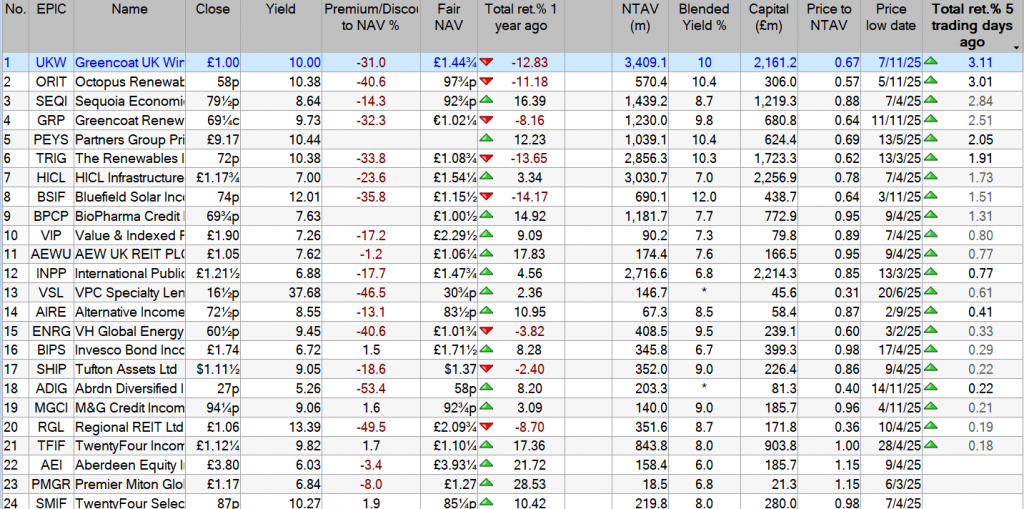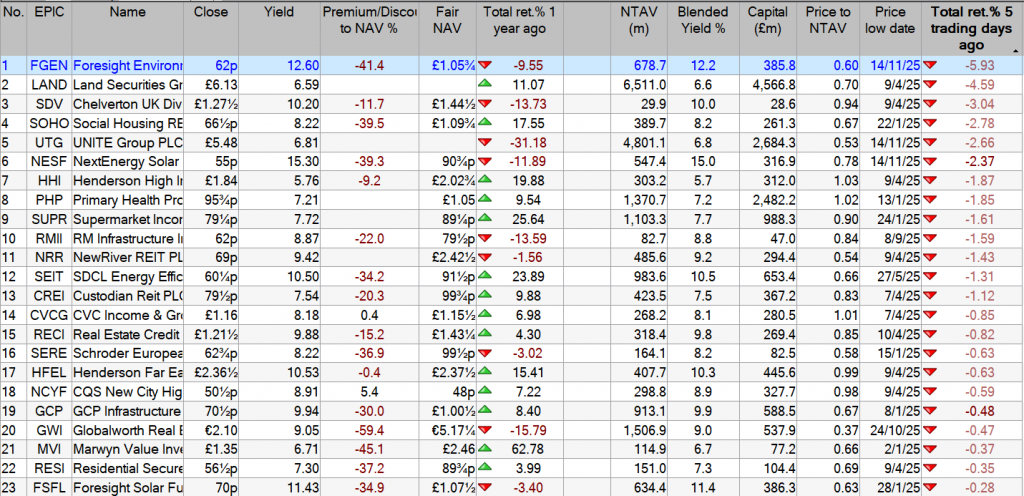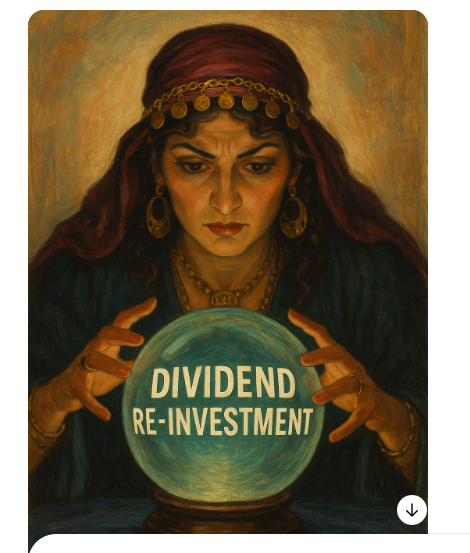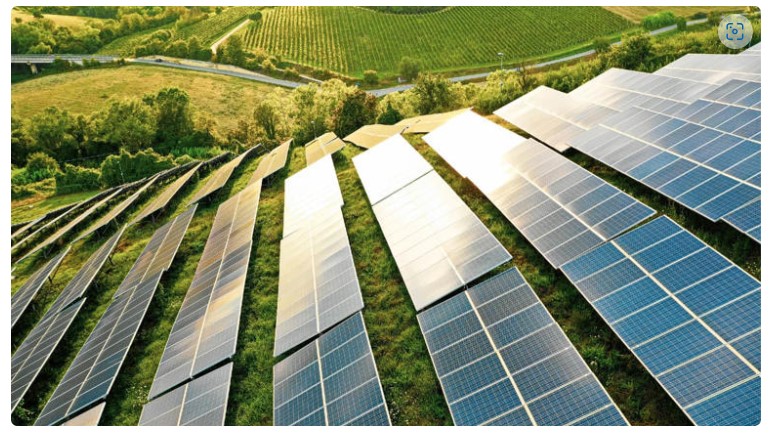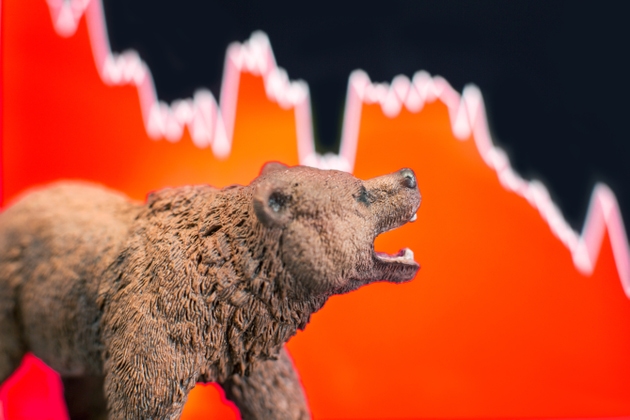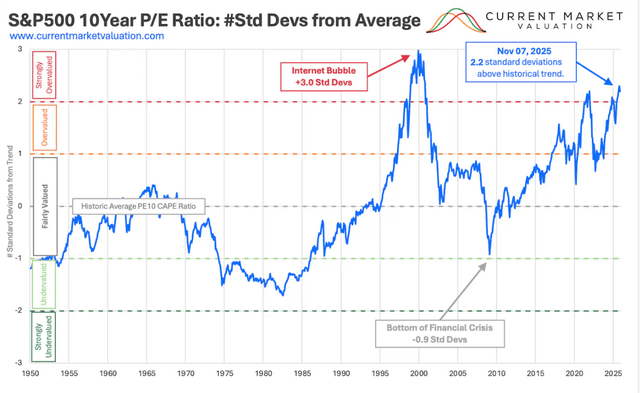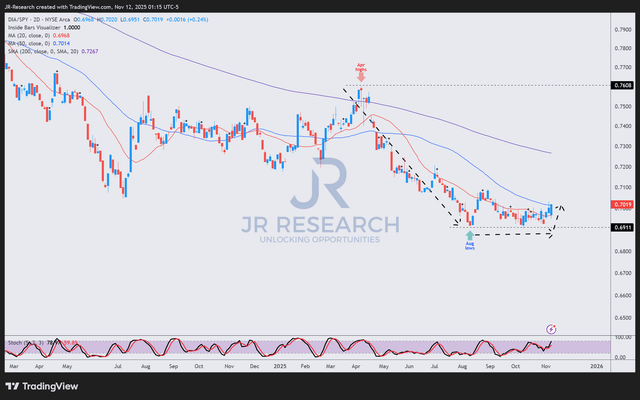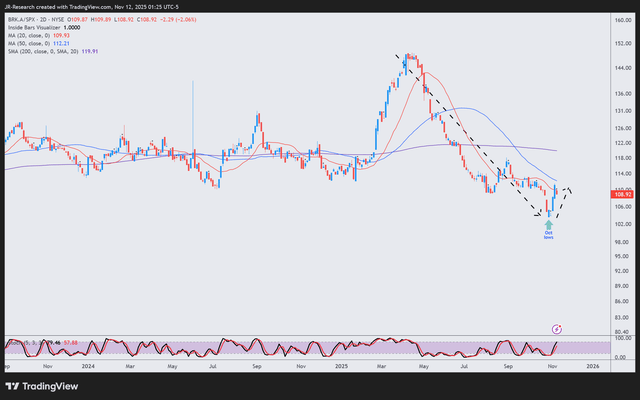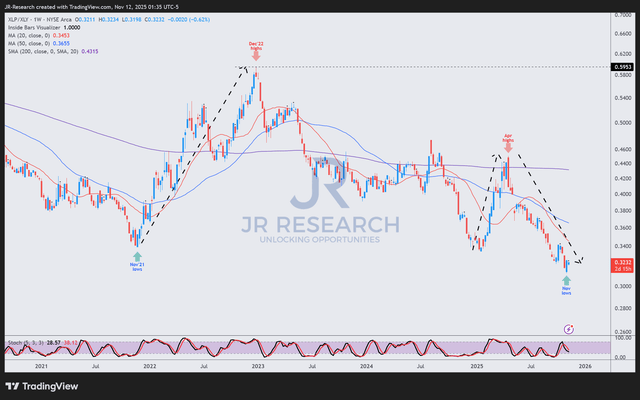Private investor Geoff Mills wins big – a 40-year journey of patience, process and trust in trusts
- 14 November 2025
- QuotedData
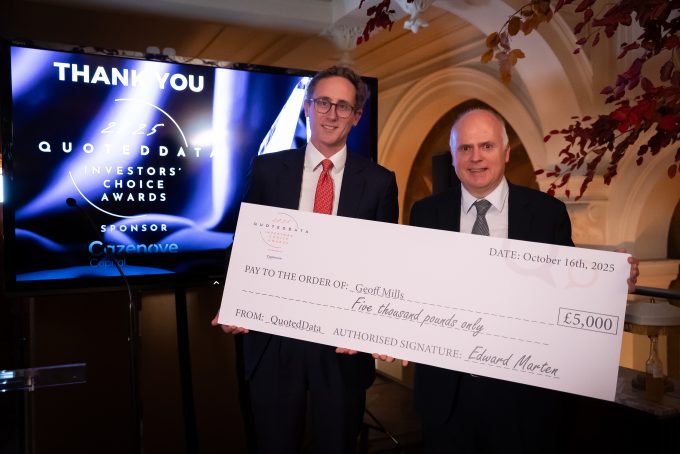
Private investor Geoff Mills scooped the £5,000 prize at the QuotedData Investors’ Choice Awards 2025 after correctly predicting the winners in every category from the judges’ shortlists. An investment trust investor since the 1980s, he has amassed fund selection skills to rival those of the professionals. We look at his journey from curious novice to investment trust champion.
Geoff’s early interest in investment trusts started in a familiar way. After university, he went to work for NatWest. He was dutifully saving into a cash account but soon realised it would take him years to build a meaningful pot of capital. He’d always had some curiosity about the stock market, and decided this was a better home for his spare cash.
His inspiration came from the personal finance section of his parents’ newspaper, the Observer, and its monthly supplement Money Observer. Edited by Jonathan Davies – who he still follows on the Money Makers podcast – the magazine famously touted investment trusts as ‘the City’s best kept secret’. He liked the idea that those in the know invested in investment trusts.
His early forays into investing were relatively cautious. He made monthly savings into two trusts – Alliance Trust for global exposure, and the Merchants Trust for the UK. Long before the era of investment platforms, he dutifully sent off his cheques in the post, kept reinvesting his dividends, and was delighted with the results.
The ’87 crash did not dent his commitment. In fact, it meant he learnt one of the most important investment lessons early on: “I was a bit nervous, of course, but I saw it as a big opportunity. When the investment trusts went down in value, I figured it would only be temporary and took advantage, investing more. I did the same during Covid,” he says.
“If you end up getting into a panic and selling, cut your losses and go into cash, you lose out. I just stuck with it, kept reinvesting the dividends and carried on.” This unemotional approach has served him extremely well over the years.
As time went on, the systems got better and more flexible. Soon he didn’t have to send cheques any more. He could wrap his investments in a PEP, and then an ISA. He could trade online, and at the touch of a button. He began to expand his knowledge, invest in a broader range of trusts and take some more risk around the edges.
He’s had some big winners over the years. One of his favourites has been Law Debenture. The unique structure allows fund managers James Henderson and Laura Foll maximum flexibility on their stock selection because the income is taken care of by the independent professional services business. This has been one of Geoff’s long-term holdings.
AVI Global has been another of his success stories: “I like the way they think, and how they focus on undervalued opportunities. I have a great respect for the team and it’s done very well.” He also bought into Temple Bar when Ian Lance took over the trust in 2020, and it has been a strong performer for him ever since. However, he has also had his misses. He admits that an investment in UK Greencoat Wind was a disappointment and eventually he sold out. Nevertheless, he says, “the winners exceed the losers by some margin.”
He’s also moved into some more esoteric areas, while maintaining diversified investment trusts at the core of his portfolio. For example, he now has Cordiant Digital Infrastructure, which holds a portfolio of digital infrastructure assets: “It’s an area you just can’t replicate in an open-ended fund,” he says. He also holds Seraphim Space, which invests in satellite technology. “These are great examples of what investment trusts can do and both of them are pretty cheap.”
He also holds a few private equity companies. He has held them for a long time, so has made good returns even if their recent performance has been choppier. He still holds Oakley Capital, and ICG Enterprise.
These days Geoff tends to look to the specialist press and research groups for ideas. He enjoys the Money Makers podcast, which interviews fund managers. He also uses QuotedData research and listens to its interviews. He likes Citywire Investment Trust Insider. He also makes extensive use of the AIC website: “It is very good. I use the data to monitor all my investments, see the dividend payments, dates and so on.”
He says the AIC’s site is perfect for those just getting started. “The best thing about all these resources is that they’re free!” This is one of the key reasons he likes investment trusts – he finds that the information is far better than he can get on open-ended funds. He finds he can gather lots of information, updates, investment commentary from investment company websites. “AVI Global, for example, has a monthly commentary, with real detail. It’s excellent. Other trusts could really learn from that. It tells me what they’re doing, exiting investments or considering new ones.”
AGMs are also a vital source of information. Now largely retired, he has even more time to go to more of them. He has been to a few where he is the only person there. He has got to know a few fund managers very well and has developed an acute radar for any obfuscation. He wants to see a manager and board that are well-briefed and can answer his questions properly. He will usually go with a list, and may even seek out the manager for a chat afterwards.
Importantly, he’s always swift to sell if he doesn’t get the answers he wants: “There are some trusts where they haven’t answered the questions properly. I’ve gone back and sold straightaway.”
Geoff is an investment trust loyalist. He has a couple of open-ended funds, but only when he can’t get the exposure in an investment trust form. “Investment trusts are 90% of my portfolio and those of my family.” He has even built something of a reputation among his friends, and is now entrusted with some of their savings pots as well.

